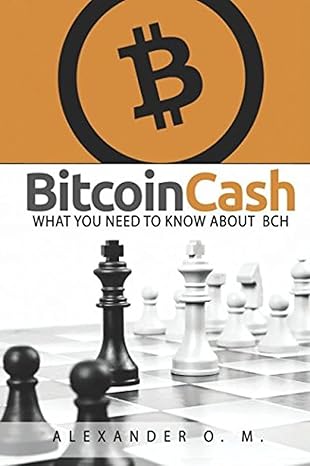
no.1,2,3
CHAPTER 15 MANAGING CORPORATE RISK 565 Suppose the two companies have more or less the same credit risk. To mitigate the exchange rate risk, they agree to swap the initial investments, the coupon pay ments over the five-year period, and the final principal payments. Assume that the exchange rate applied to the swap of the initial investments is V130.44 per El and that over the next five years, the JPY/EUR exchange rates are expected to be Y125, 7127. Y130, V135, and 1138 per El, respectively. Ignoring transaction costs, show how much each company will profit or lose (in euros) from the swap. EW QUESTIONS 1. Various types of risk. Explain the difference between the risks that make up the following pairs: a. Business risk versus financial risk b. Diversifiable risk versus undiversifiable risk c. Systematic risk versus unsystematic risk d. Insurable risk versus uninsurable risk e. Project risk versus corporate risk f. Foreign-exchange risk versus currency risk g. Financial investment risk versus financial risk h. Financial risk versus credit risk i. Liquidity risk versus refinancing risk j. Financing cost risk versus refinancing risk 2. Systematic risk. A firm has no financial investments, and all its activities are in the domestic market where it faces no foreign competition. It has a debt-to-equity ratio of 1 and is the subject of a 40 percent tax rate. Its beta coefficient is 1.20. a. What are the risks the firm faces? Explain your answer. b. What is the percentage of its systematic risk that is financial? 3. Risk policy. What are the major issues that a firm risk policy must address? Indicate what a firm could do to resolve these issues. 4. Measuring risk exposure. The General Construction Company (GCC) is expecting next year a cash flow from assets of 50 million that is expected to grow forever at 3 percent. Its cost of capital 15 11 percent. The firm is exposed to the following three risks: There is a 10 percent chance that its cost of capital increases to 11.5 percent There is a 60 percent chance that its growth rate drops to 1 percent There is a 40 percent chance that its cash flow declines to 45 million. What is the market value at risk of each one of the events listed above? b. Indicate if they are high, moderate, or low risk. 5. Inventory value and the risk of obsolescence. HDM, a computer manufacturing co whose prices fall rapidly because computer manufacturing company, holds computer parts in its inventory prices fall rapidly because suppliers can produce them faster, more efficiently, "Se quantities just a few months after they were first introduced on the
 no.1,2,3
no.1,2,3





